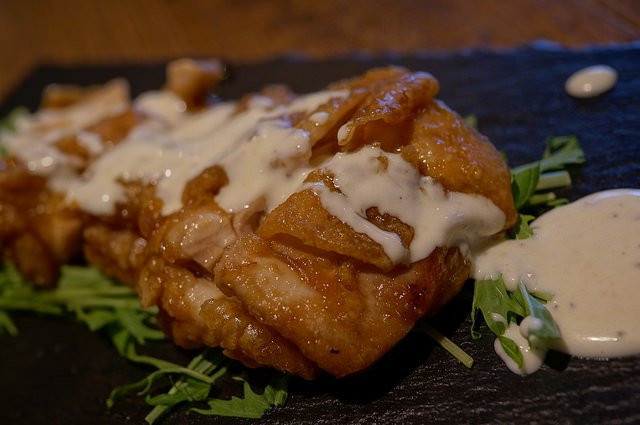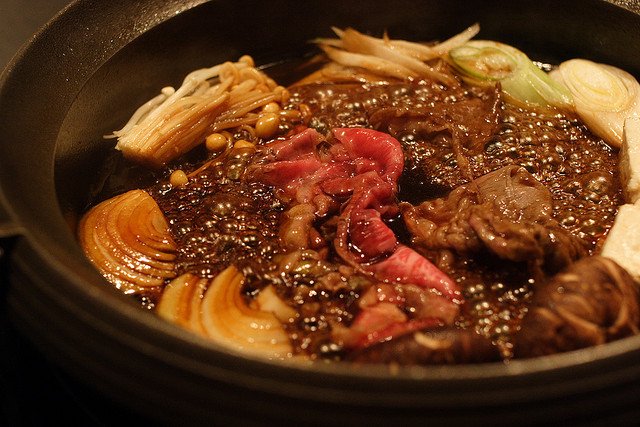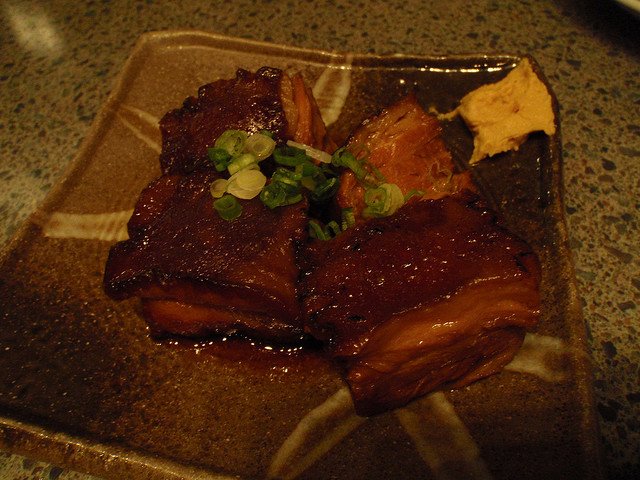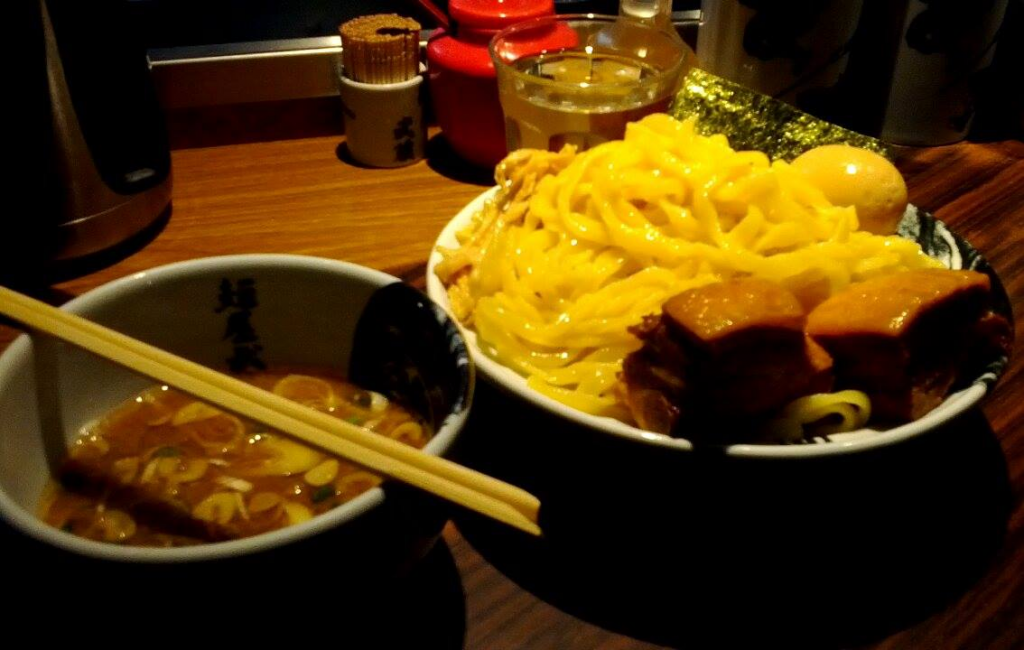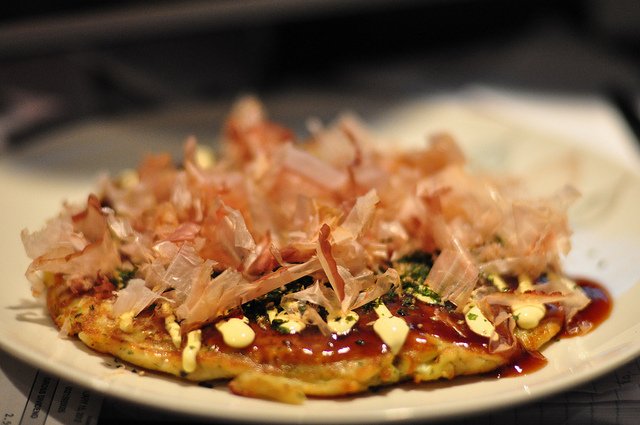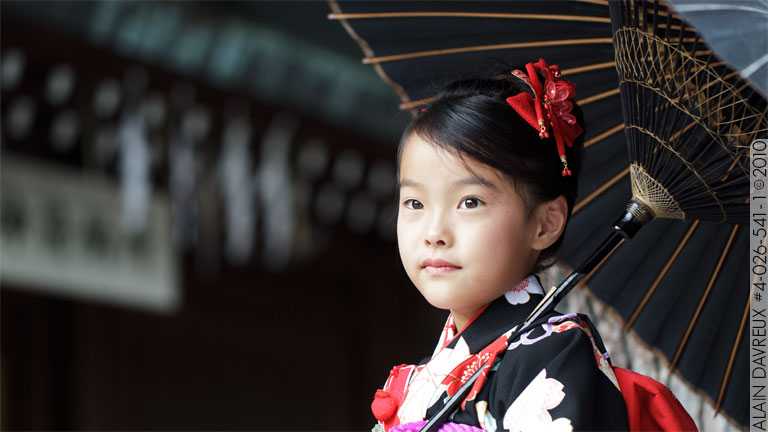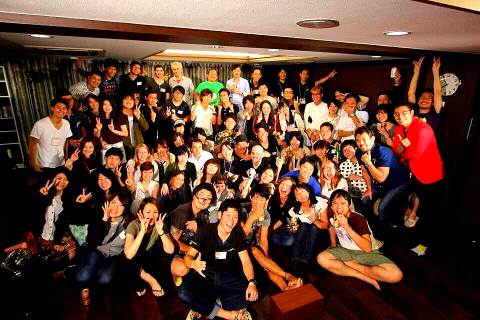ハロウィンの日、つくったおむすびは
発芽玄米 × かぼちゃ × 大豆 × あずき × ココナッツ。
甘さ控えめスイーツおむすびです。w
コレもってピクニック〜♬
の前に、わが家ソーシャルレジデンスたまプラーザのキッチンによって
友だちに味見してもらいました。
リアクションよすぎ!w さーんくす♪
深夜はご近所のいけいけクリエイターヒラヤマユウジあにきと
浦安の『Soul Food Kutchen』へ。
ちなみに、道すがらレインボーブリッジが気持ちよくて動画録ったんだけど
見返すと、会話ったらアホすぎて車窓とギャップしかない。w
「とまちゃんは自分の女を、男脳で操ってるよね、うん、男だ!」
なるほどw
だから女のコスプレにしたんだよ。
オーナーのカルロスさんは、著名なイラストレーターさんですよぅ。
そういえば、オークハウスにも浦安に近い物件、、
ソーシャルレジデンンス西葛西がある!って思い出し、おすすめしてみてる次第ですw
ハロウィンNightは動画のとおりクラブちっくでしたが
普段は、おしゃれで粋なカントリーBARなのです。
カルロスさんの作品もそこここあっちこっちに展示されてて見応えも抜群。
またここ、音楽がいいんだぁ。これ、かなり重要。レコードもいっぱい。
で、お料理!!! やばいです。
カルロスさん、すんごいシェフでもあるから。才能スゴすぎ。
とくにこのビーフシチューわすれられない。。。
どこま〜でもやわらかく、ふわんふわん。。
で、深い、味付けが深い〜。
特に、ココ最近糖質制限で肉食になったわたしは、、、
むっちゃ欲しまくってます!!

クリーミィなサーモンとほうれん草のキッシュも
ぜひぜひ、是非また食べたい〜!

深夜1時までやってるのがまたいいでしょ。
なにより、すごいイラストレーターさんと
飾らないアルコールトークできるのはだいぶ刺激的だと思います。
ぜひぜひ〜みなさま、とくに葛西のみなさま、おこしくださいなぁ★




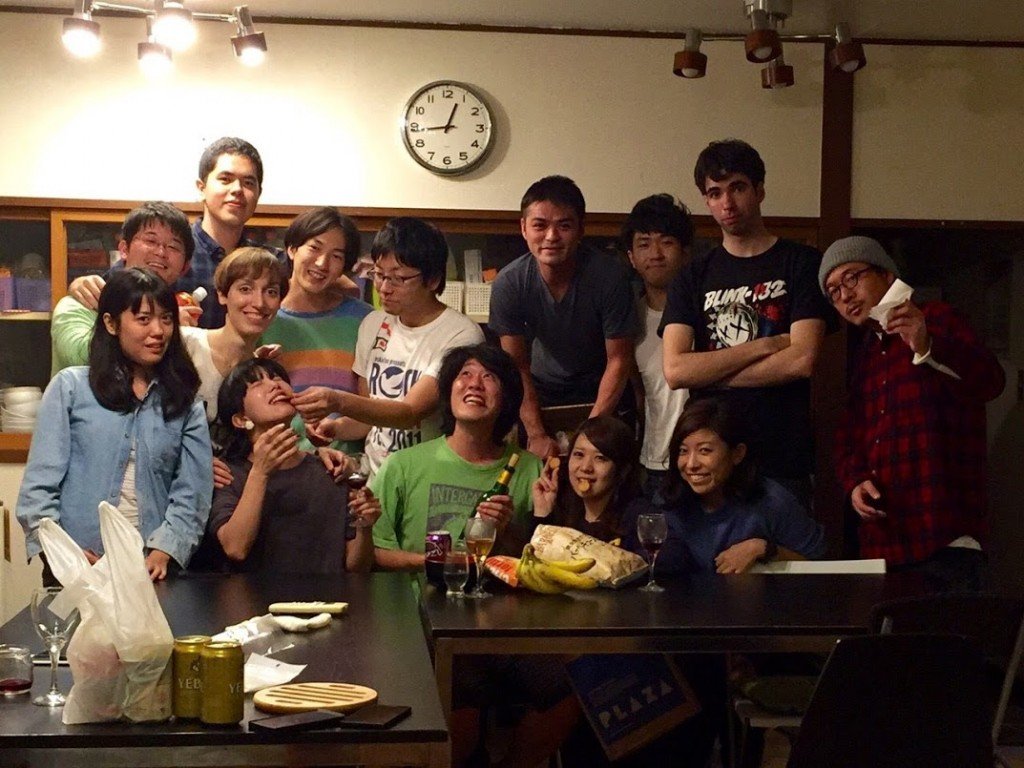
 The photo book we made on Apple’s iPhoto.
The photo book we made on Apple’s iPhoto. 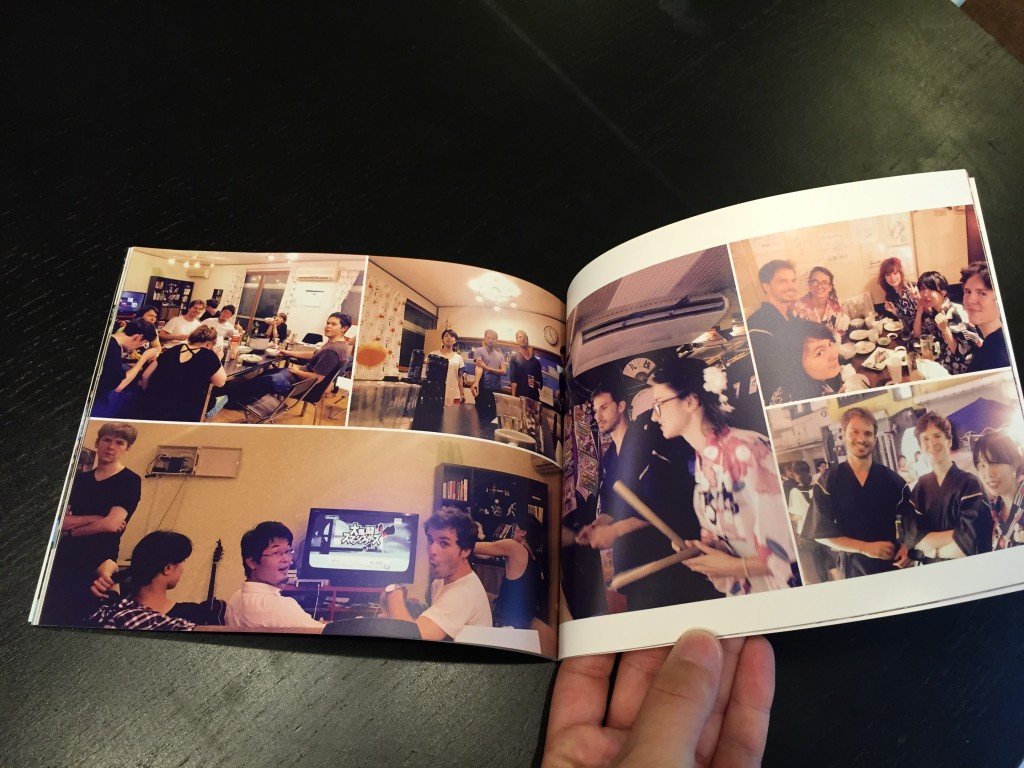
 A birthday party back in August, at a mexican restaurant.
A birthday party back in August, at a mexican restaurant.  Halloween party with candle lights. Special thanks to our former housemate Tom Hudson for the decoration.
Halloween party with candle lights. Special thanks to our former housemate Tom Hudson for the decoration.
